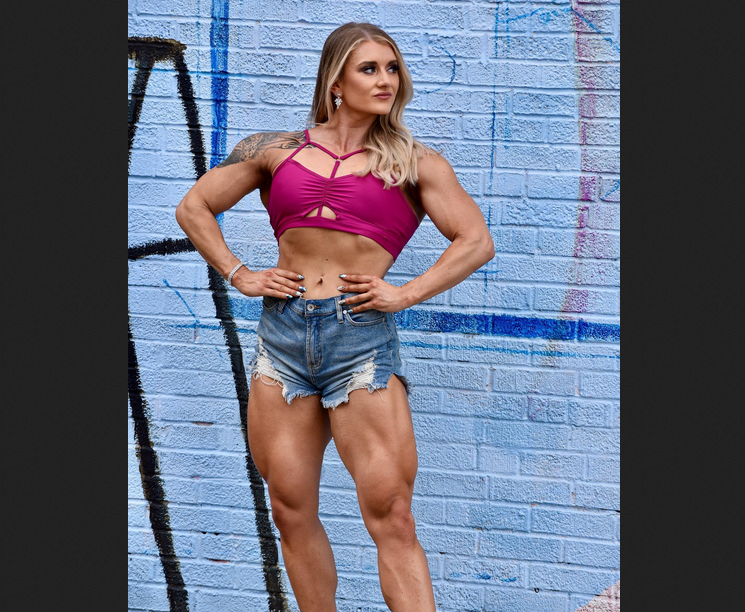Female bodybuilding has grown in popularity over recent years, and its practitioners have become icons of strength and power. While many bodybuilders have a focus on muscles and the gains they can achieve in the gym, female bodybuilders are unique in that they are often focused on showing off their power and strength on the stage. They strive to build muscles that are both prominent and powerful, almost as if their bodies were made of steel. In addition to their physique, female bodybuilders also think about their diet and training schedule to further enhance their look.
Female bodybuilding has had a long, varied history, from its origins in the early days of physical culture when it first became popularized, to its present-day status as a professional sport. Muscle size and strength are the primary focus of a successful bodybuilder, with steel and power being the desired outcome. The number of female bodybuilders has grown exponentially in recent decades, with women competing in the major bodybuilding events and establishing their own organizations, such as the Professional Women’s Bodybuilding Association (PWBBA). With more female athletes entering the sport, there has been a rise in bodybuilding-related research focusing on women’s health, nutrition, and training methods.
Female bodybuilding has a long and distinguished history. Pioneers in the sport like Rachel McLish, Bev Francis, and Cory Everson have made female bodybuilding mainstream and have helped to show that muscled physiques can be prominent and powerful, like steel. This increased prominence has allowed for more opportunities for women to bodybuild, and for the sport to become part of the larger fitness culture. Female athletes are now able to compete on the same level as their male counterparts and are able to use their strength and physique to inspire others.
Female bodybuilding is a unique and powerful art form. The muscles of female bodybuilders are prominent, powerful and steel-like, making them an awe-inspiring sight. Working out requires dedication, hard work, and discipline. Female bodybuilders have to constantly push their bodies to the next level, in order to gain the strength and size they need to succeed in the sport.
Female bodybuilding has been rapidly gaining popularity in the past few years. Since its emergence in the 1970s, female bodybuilding has become a powerful and empowering form of physical and mental training. It is becoming increasingly popular among women of all backgrounds and ages, as it provides them with an opportunity to challenge themselves physically and mentally. Women bodybuilders also have access to a strong support system and an incredibly strong community, where they can gain knowledge, share their experiences, and even receive support from fellow bodybuilders.
Female bodybuilding has had a long, varied history, from its origins in the early days of physical culture when it first became popularized, to its present-day status as a professional sport. Muscle size and strength are the primary focus of a successful bodybuilder, with steel and power being the desired outcome. The number of female bodybuilders has grown exponentially in recent decades, with women competing in the major bodybuilding events and establishing their own organizations, such as the Professional Women’s Bodybuilding Association (PWBBA). With more female athletes entering the sport, there has been a rise in bodybuilding-related research focusing on women’s health, nutrition, and training methods.
Female bodybuilding is a unique and powerful art form. The muscles of female bodybuilders are prominent, powerful and steel-like, making them an awe-inspiring sight. Working out requires dedication, hard work, and discipline. Female bodybuilders have to constantly push their bodies to the next level, in order to gain the strength and size they need to succeed in the sport.
Female bodybuilding has been rapidly gaining popularity in the past few years. Since its emergence in the 1970s, female bodybuilding has become a powerful and empowering form of physical and mental training. It is becoming increasingly popular among women of all backgrounds and ages, as it provides them with an opportunity to challenge themselves physically and mentally. Women bodybuilders also have access to a strong support system and an incredibly strong community, where they can gain knowledge, share their experiences, and even receive support from fellow bodybuilders.

































No comments:
Post a Comment